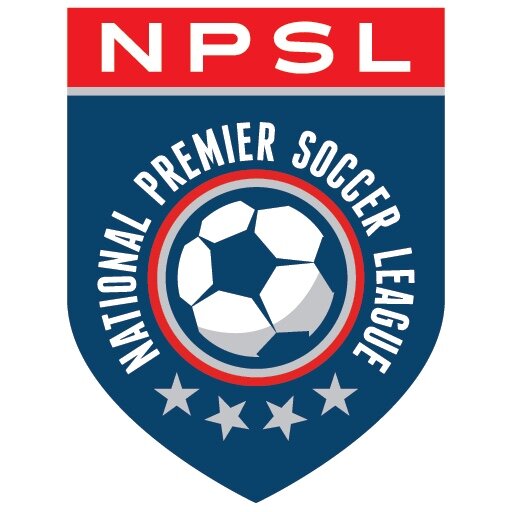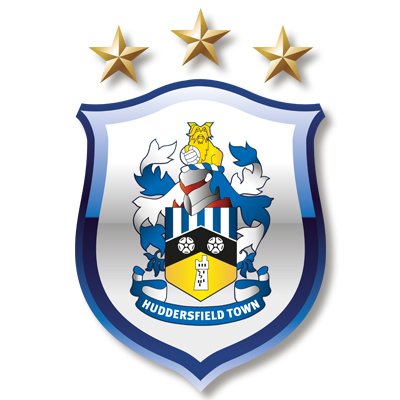"A Leap in the Dark"
Last week, NPSL announced a new season, split between the spring and fall. This season won’t replace the existing summer league, but would be an addition and all clubs that planned to participate in the new season would be required to also participate in the traditional NPSL summer league. The logic behind this expansion, according to NPSL Chairman Kenny Farrell, is that “a longer season will provide more opportunities for our players, while teams will benefit from a year-round presence in their market.” Other reporters have done a great job reporting on this new season and, if you aren’t up on the details, I’d refer you to this Midfield Press’ article.
Rather than repeat the league talking points that you can read in every other article about this move, I’m going to instead try to take the mile-up point of view on what this move actually means. Some basic questions came to mind as soon as I heard the announcement and I’d like to discuss those rather than repeat the carefully-crafted talking points that the league is distributing. I don’t think the league is lying or candy-coating things, I think they are painting this in the best possible light, like EVERY organization would. So let’s jump in with both feet.
Appearances May Be Deceiving
Oh, what could have been.
We all know how the Founders Cup fell apart. It seemed half-baked and reactionary from the start and things began crumbling before the ink had dried on the announcement. There was the issue of minimum standards and what clubs could actually afford to be involved. Then, clubs began dropping out before a schedule was even constructed. Then, the issue of insurance (or the lack thereof) reared its head and finished the thing off. It was a black eye for the league and felt the entire thing felt rushed.
What I didn’t know was that the NPSL held off on announcing this new Spring/Fall league BECAUSE of the Founders Cup, in an effort to give the fledgling pro league a chance to shine on its own. In fact, Farrell feels this delay directly led to the departure of certain big name, former NPSL clubs. “We held off on releasing this league because we were trying to get the Founders Cup off the ground. That may or may not have hurt us a bit because some of the teams had decided they needed to play year round and moved to NISA. Had the league been in place, announced in June like we wanted to, we may not have lost those teams. If we had this organized last year, there would have been no need to go to NISA. But then again, maybe they truly want professional players. It’s up to them on what they want.”
That statement is shocking to me because it REALLY emphasizes how unready the Founders Cup was. This Spring/Fall league may feel rushed and reactionary, but it may be nothing more than on pace with the general movement in grassroots soccer. Rather than a reaction to NISA’s rollout or UPSL’s dual season approach, the NPSL may have been on pace with these other leagues but behind closed doors. However, only now did it come into the public’s awareness. If so, good on them for running that tight of a ship.
But what is 100% clear, Founders Cup was a trainwreck from day one. And it was a damn shame. I can only hope that, no matter what this league ends up being, it has been well-thought out and planned.
Seemingly Obvious Concerns
I do worry about the dilution of what a “NPSL championship” means. It might be my biggest complaint against the UPSL model and it applies to this new NPSL model as well. No matter what the league says, one of these championships will grow to dwarf the other, especially considering one season is longer and requires an opt-in that will only be feasible for the larger and better-funded clubs. When I spoke with Farrell, his first response was that “we just don’t know yet” if one championship would top the other, but that “when they are playing the games, it won’t matter to anyone [meaning the players].” And while he called the traditional summer season the “golden child,” he emphasized that this whole move was part of a process and that “to get to where we want to go, we have to be somewhat flexible and creative. We’re taking a leap in the dark.”
And the requirement that clubs participate in the summer season will certainly hurt some of these clubs’ chances in the longer season. Will we see clubs alternate rosters during the summer season to save their better players for the fall stretch run? Mitigating injuries and managing rosters will creep into managers’ minds because it’s an obvious factor they need to consider. I can see scenarios where a club could be leading the spring/fall season standings and then drop down during the summer season.
And while we’re on the question of rosters, we need to discuss the elephant in the room: college players. NCAA soccer season runs August to November. The NPSL has leaned heavily on college talent traditionally, because how else do you fill the rosters of over 100 grassroots clubs without young people willing to play for the benefits of development. So without this talent to fill rosters, what will that fall portion of the longer season look like when all those student-athletes return to their programs to prepare for their collegiate seasons. One side effect is that clubs will be incentivized to build balanced rosters, but amatuer or ex-pro talent willing to play for free is hard to come by. Considering the growth of the USL system and NISA, that pool of available talent is even shallower.
There isn’t an announced deadline for the spring/fall league, nor is there a branded name for this extended league. Both of these facts are a little troubling, particularly if Farrell is accurate about the planning timeline. The NPSL Chairman mentioned that the league was in the works for close to 5 years. And no one decided what to call the thing? Why not iron out the branding before the announcement so it all rolls out as a complete package? There may be a master plan in place, but, at this point, the logic isn’t obvious to me.
One common complaint against the current iteration of the NPSL is there are too many exemptions for clubs who can’t fulfill league minimum standards. According to the NPSL’s press release, standards will be raised for the spring/fall season. Some of those standards affected specifically highlighted include “stadia, staffing, budget, and referees.” To quote Farrell, “we’re not going to have teams just pushing bleachers up to the fields.” That will be welcome news to many owners who have complained both publicly and privately about clubs not achieving the standards. This requirement alone, if enforced as written, will eliminate many of the current NPSL sides. Long-term it will serve to bring everyone up to a certain level, but many teams may sense that their welcome is wearing thin. Will we see rifts grow between clubs who can afford the longer season and those that can only participate in the summer league?
A Fan First
When we started Protagonist, we decided early on to emphasize the positives in every story. And another, longer league is a good thing, without a doubt. I could have tried to write a glowing article about the exciting aspects of a new, longer NPSL season. But at this point in the site’s development, I am also confident we can speak the truth, even to a partner like the NPSL. There is, of course, a chance my fears are unfounded and everything turns out fine. And regardless of your perspective on me or my work, I promise you, that is my wish. But even Farrell has his own reservations about the unknown aspects of this move by the league. “We’ll see where it goes. We don’t know where this will be in two years. It may fail, I doubt that it will fail, I think it could be one of the most popular leagues in the country.” I hope so, too.
- Dan Vaughn








